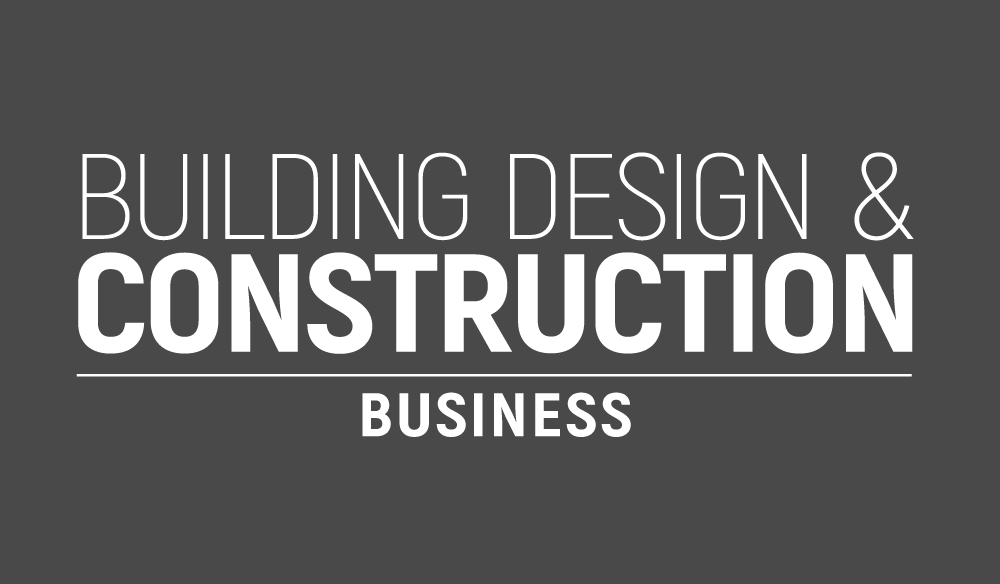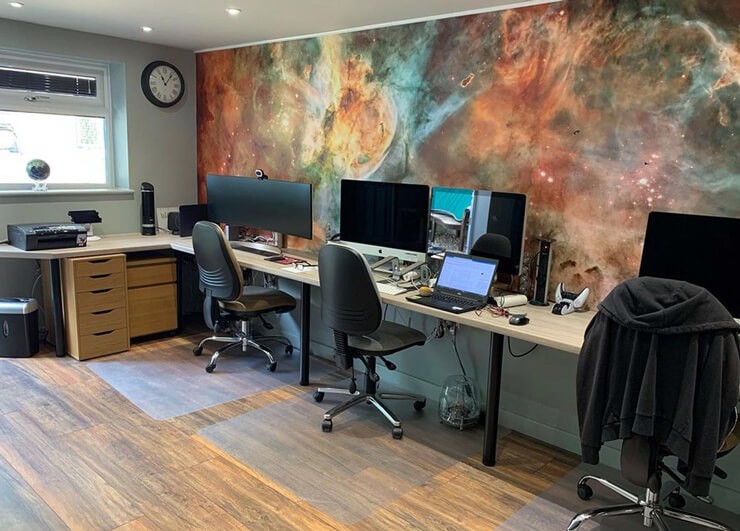A driveway is probably one of the things that few people think about when considering the costs of owning their own home. Yet, approximately two-thirds of people in the U.S. own their own homes, and while it is still considered to be the American dream, many people also recognize that it is a huge responsibility and know that there are a lot of hidden costs. The good news is that there are some cost-effective ways to remodel your driveway. The average driveway costs about $4,500 to build, and the price per square foot ranges between $2 and $15 for materials and labor. Obviously, the greatest factor in determining the cost is the size. Still, you also need to consider the type of materials, labor cost, driveway design, site prep work, permits, and miscellaneous items like culverts. First, we’ll take a look at the different types of driveways. Then, we will focus on six cost-effective driveway remodeling tips. Types of Driveways There are several types of driveways with various costs per square foot. The following types are the most common. · Gravel driveways cost about $1 to $2 per square foot, making them considerably less expensive than other options, but they aren’t allowed in some cities. In addition, they last about 100 years with very little maintenance. · Chip seal driveways cost about $5 to $10 per square foot and are popular with homeowners who want to look like asphalt without the expense. This is also called tar and chip and will last about ten years. · Asphalt driveways cost about $7 to $13 per square foot and last about half as long as concrete but will handle temperature extremes better. · Concrete driveways cost about $8-$18 per square foot and are the most popular and require very little maintenance. In addition, they can last up to about 40 years. · Paver driveways cost about $10 to $50 per square foot because of the amount of labor needed to install them. Cost-Effective and Durable Concrete Driveways You can get a simple paved concrete driveway that will look good and last for several decades. However, you might also want to choose something a little fancier when you go with concrete because all concrete driveways tend to look the same after a while. Concrete is a versatile building material, and if you feel inspired, you have many options for creativity with concrete. 1. Colored concrete One option to make your plain concrete driveway stand out is to stain it a different color. This can be done by adding the color into the concrete mix, giving you an integral color that permeates through the entire concrete, or it can be achieved by adding stone dust to the top of the concrete, which colors just the top layer. If you already have a concrete driveway, you can have it stained and sealed at a fraction of the cost of installing a new driveway. 2. Concrete tiles Concrete tiles are poured, cured, and then laid in place. They can be stained in a variety of colors and sealed. The results are quite unique and elegant. 3. Designs in concrete You can also choose to break up the monotony of a plain concrete driveway with some designs using inlaid stone. Stenciled concrete is another method used to create designs that look like paved tiles. This is done after the concrete sets but before it completely hardens. Concrete is the best option if you are looking for a durable product at a good price. Because it is such a versatile product, you can achieve almost any desired result. K. Graber Construction is a concrete contractor in Howard County, IN, with over 30 years of experience providing quality concrete work for driveways. If you want to remodel your concrete driveway, getting help from an experienced professional can save you thousands of dollars. Getting Creative with Cheap Materials If concrete is outside of your budget and you don’t have to meet the requirements of an HOA, you might be able to use some cheaper materials. Depending on how long your driveway is and what the requirements are in your locality, you can get creative with some cheaper driveways made out of alternative materials. 4. Recycled Crushed Concrete Old concrete is sometimes recycled into crushed road aggregate. It can be inexpensive to get a gravel-type road because it usually costs about half as much as gravel, and it has a similar look. With pavers or concrete edging, you can achieve an elegant look that will compliment your landscaping and house and stay well within your budget. 5. Asphalt Topped with Pebbles Another idea is to top an asphalt driveway with a pretty pebble aggregate. Again, using edging or a line of pavers, you can make it look very elegant. You might also be able to find pebble aggregate in a color that compliments your home’s exterior. 6. Wood Chips A few cheap materials are not ideal but are certainly better than nothing. One idea is to use wood chips, especially if you live in a rural area. Sometimes, wood chips can even be obtained for nothing but the cost of hauling. If you are willing to do the labor of spreading them, you can get a cheap driveway for next to nothing. Remember that many HOAs may not let you use wood chips on your driveway.














